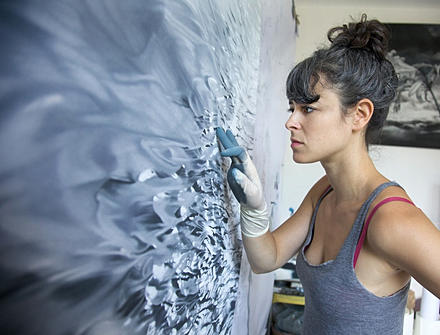Acrylic Transfers part 1
http://www.youtube.com/watch?v=JeeScv8f6yQ
Acrylic Transfers part 2
http://www.youtube.com/watch?v=YTxfYS8pFSc
Acrylic Transfers part 3
http://www.youtube.com/watch?v=BDUO8Z3aSV4
Transfer Finish
http://www.youtube.com/watch?v=1qvYscOlUYs
How to transfer a photo to canvas
http://www.youtube.com/watch?v=Lqg04pO-_9k
Mixed Media: Acrylic Skins from prints and magazines
http://www.youtube.com/watch?v=ja8BrwMnfGc
Creating and Printing on Acrylic skins http://www.youtube.com/watch?v=O5nykYVnfbk

.jpg)





+cropped+&+resized.jpg)
